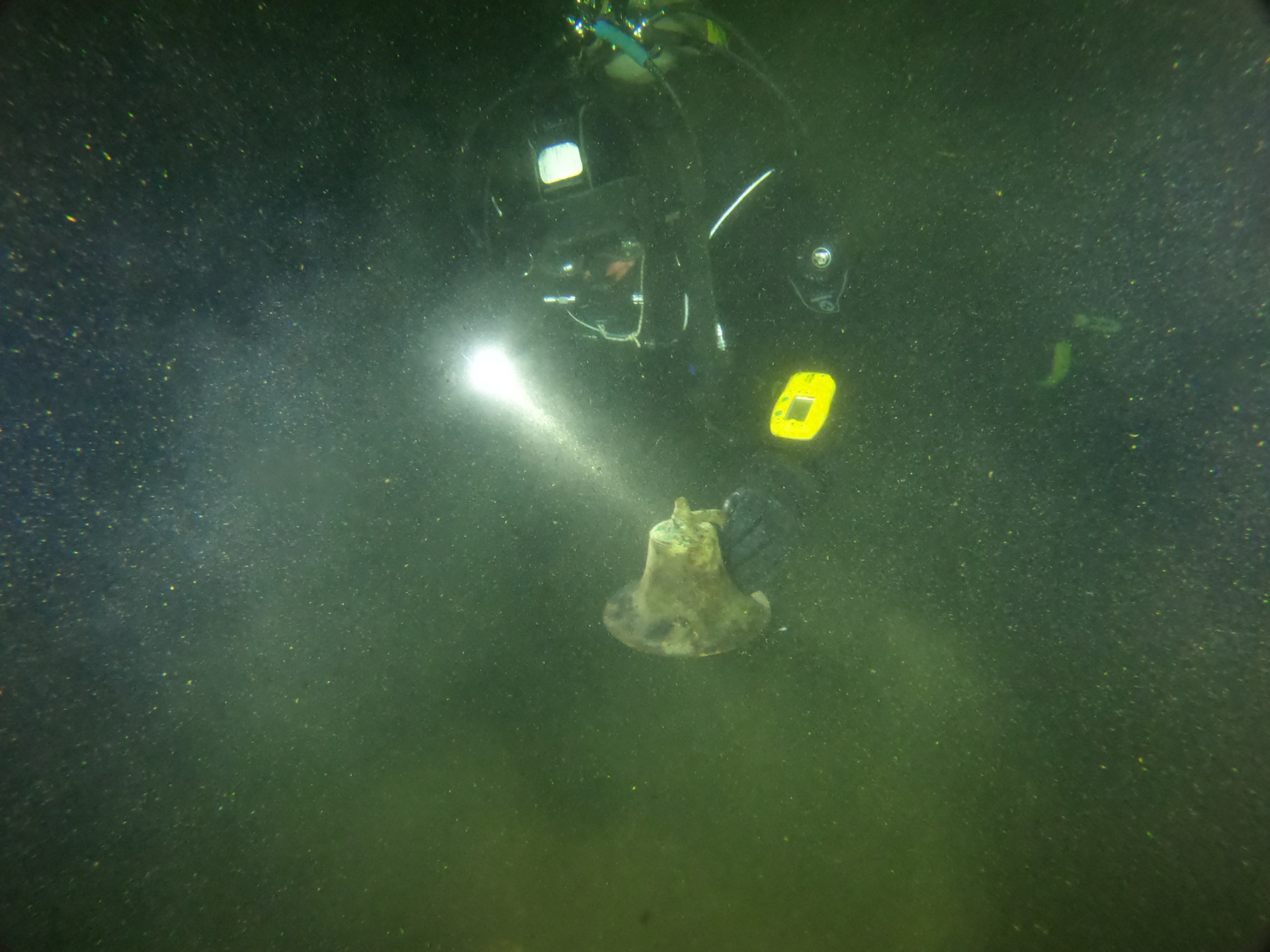Fisheries Specialist Titus Seilheimer has been the go-to on behalf of Wisconsin Sea Grant for activity surrounding the NOAA Great Lakes Land-based Marine Debris Action Plan. “It’s a big issue for me personally,” said Seilheimer, “particularly the questions around what the impacts are to fish and invertebrates and other animals. That’s an important piece of the puzzle.”
One outcome of the work on marine debris is the Marine Debris Collaborative.
Plastics are one key segment of the marine debris problem. Read on for tips from Seilheimer about what you can do to make a dent in the crush showing up in waterways.
1. Single-use plastics are one obvious culprit. You may be shocked how long they last!
“Our day-to-day lives are surrounded by plastic meant to be used once. Plastics are designed to be durable and light. They stay in the environment for tens to hundreds of years,” said Seilheimer.
According to data collected from the International Coastal Cleanup and the Alliance for the Great Lakes, which help coordinate trash pickups in coastal areas around the world, some of the most common items littering our shorelines are plastic beverage bottles and caps, plastic bags, straws and coffee stirrers, and takeout containers. A lone plastic bottle can take a whopping 450 years to decompose.
Cigarette butts are another major offender. They’re the most common type of trash found in these cleanups, and they’re not just paper. Most cigarette filters are made of cellulose acetate. Aside from being unsightly, those pesky butts take one to five years to decompose.
2. Plastic fibers from our clothes are a less visible source, yet still problematic.
While synthetic fleece clothing is warm and easy to care for, it has a downside in the form of small plastic fibers that are shed each time the garment is washed. Just one wash of a fleece jacket releases 1,900 fibers that are too tiny to be caught by your machine’s lint trap.
“Wastewater treatment plants are not designed to catch fibers, so some will pass through and others end up in the biosolids that are spread on farm fields,” said Seilheimer.
What can you do? Several commercial products are available to trap these fibers (like Cora Balls, which can be popped in your washer). You can also wash your fleece garments less frequently, waiting until they truly need it.
3. Microbeads in personal care products like face scrubs are a success story due to a change in the law – but there are exceptions to that law, so you still need to be a savvy shopper.
Said Seilheimer, “Microbeads are something people have heard about, and there’s been quite a bit of progress made about those.”
As of July 1, 2017, it became unlawful in the U.S. to manufacture rinse-off cosmetic products that contain plastic microbeads. A year later, it became unlawful to sell those products. While those are steps in the right direction for protecting our waters, there are numerous exceptions to this law. There are deodorants, lotions and makeup products that fall outside of the law, so it still pays to check labels when shopping.
One resource you can check is “Beat the Microbead,” which lists personal-care product makers that do not use any microbeads in their product lines.
4. Once debris is out there, it moves around, creating a global problem.
Debris is dynamic. “We can see evidence of the movement of this litter on our beaches and in our waterways. Common items on Great Lakes beaches are similar to the top items in the International Coastal Cleanup,” said Seilheimer.
5. There’s hope, because you can make a difference with your actions.
While the problem is daunting, we all can play a role in reducing marine debris. Seilheimer offers these tips: “Be aware of your single-use plastic use. Be aware of the fabrics that you are wearing. Buy natural fibers, use a filter, or wash synthetic fibers less often. Go to an organized beach cleanup or just pick up litter when you see it.”





